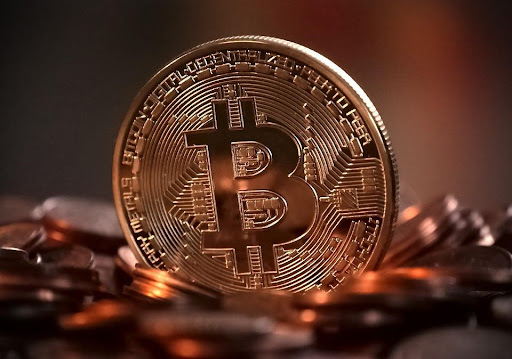Launched in 2008 by Satoshi Nakamoto, Bitcoin brought an innovative and decentralized concept of a digital currency to the world. It was a new type of currency that didn’t require any actions from central authorities, such as governments, financial institutions, and banks.
Over the years, the internet saw many digital currencies rise and fall. Some of them reached incredible values, while others sank into the dirt. While Bitcoin may still be the king of cryptocurrency, there’s a new player on the market, and its name is Cardano ADA.
Let’s delve deeper into how Cardano ADA differs from Bitcoin and what its future holds.
What is Cardano ADA?
Before we compare Bitcoin with Cardano, we must first distinguish the terms – Cardano and ADA coins. Although Cardano usually stands for Cardano ADA, there’s a difference between the two, as Cardano is a trading platform for buying, selling, and exchanging ADA coins.
Unlike Bitcoin, which uses peer-to-peer technology, Cardano utilizes a proof-of-stake protocol called Ouroboros. On the other hand, Bitcoin operates on the proof of work protocol to support coin mining and verify transactions.
Even though the Cardano platform has existed since 2015, it became operable in 2017. Currently, Cardano operates under the surveillance of the Swiss non-profit entity called the Cardano Foundation.
Cardano ADA vs. Bitcoin
Both Bitcoin and Cardano ADA have their advantages and disadvantages. Here are the most striking differences.
Architecture
Since BTC aims to decentralize digital transactions, it operates as a P2P payment method. It allows the user to bypass central authorities and avoid paying financial services, including hefty fees. Cardano isn’t that simple due to its complex and layered architecture.
Cardano is a blockchain market exchange platform that protects every crypto user by creating smart virtual contracts that eliminate manual interaction during crypto transactions.
Cardano’s architecture involves two layers:
- Cardano computational layer
- Cardano settlement layer
Transaction speed
Bitcoin is slow in terms of transaction speed, averaging around three transactions per second (TPS). Since TPS is a vital factor for purchasing cryptocurrency, many investors opted for Litecoin over BTC due to its speed. Cardano ran its first speed tests in 2017 and was able to process 257 TPS. The approximate TPS of Cardano is now one million TPS. That’s why so many crypto investors opt for ADA coins.
Aside from being faster, Cardano allows users to complete transactions in ADA almost instantly. In addition, Cardano and BTC also differ in transaction value. In 2021, the average BTC transaction value was $41,626.20, while Cardano was worth only $1.323.
However, Cardano price prediction indicators show that the ADA price will keep increasing in the next eight years. At the moment, the ADA price is $0.645366. By 2030, the predictions indicate an ATH of $3.51.
Wallet
BTC investors have a few wallet options for storing their crypto:
- Paper wallets – probably the most affordable option, paper wallets are prone to damage and theft;
- Web wallets – available via web browsers and apps, web wallets use your internet connection and browser to execute crypto transactions and are exposed to cyber-attacks because of that;
- Hardware wallets – although the most expensive option, a hardware wallet protects your crypto from hacking, virus, and loss.
ADA holders also have multiple Cardano hot wallet options, such as Yoroi, Trezor, Daedalus, etc. Cardano holders can store their ADA coins in hot wallets provided by crypto exchange platforms such as Binance, Exodus, Typhon, etc.
Energy consumption level
Since BTC uses proof of work protocol as its mining model, its energy consumption levels are sky-high. The mining process is critical to validating crypto exchanges and adding new blocks in the blockchains. Since Cardano uses a different operating protocol, it uses significantly less energy to operate.
What the future holds
While Bitcoin still dominates the crypto markets, Cardano is here to stay. ADA coins are the next-gen crypto that will give BTC and other coins a run for their money. Even though Cardano has yet to achieve its potential, ADA coins and Ethereum are the biggest competitors for dominating the crypto space.
Both are flexible, scalable, and operate on smart contracts – top perks for every avid crypto investor today. However, investors still cling to BTC due to its immense value and the fact it’s the undisputed king of market capitalization (market cap). In 2021, the BTC market cap was over $1 trillion.
Conclusion
Many investors would wrongly assume that Cardano is competing with Bitcoin. However, they couldn’t be more wrong – Cardano isn’t trying to outpace BTC. It earned its place in the crypto market by relying on thorough planning, testing, and years of research.
With big plans, Cardano aspires to transcend the concept of a mere cryptocurrency and aims to become something more by implementing innovations yet unseen in other cryptos. Before you opt for BTC or ADA, you should take your time to assess your goals and risks associated with purchasing such digital assets.











